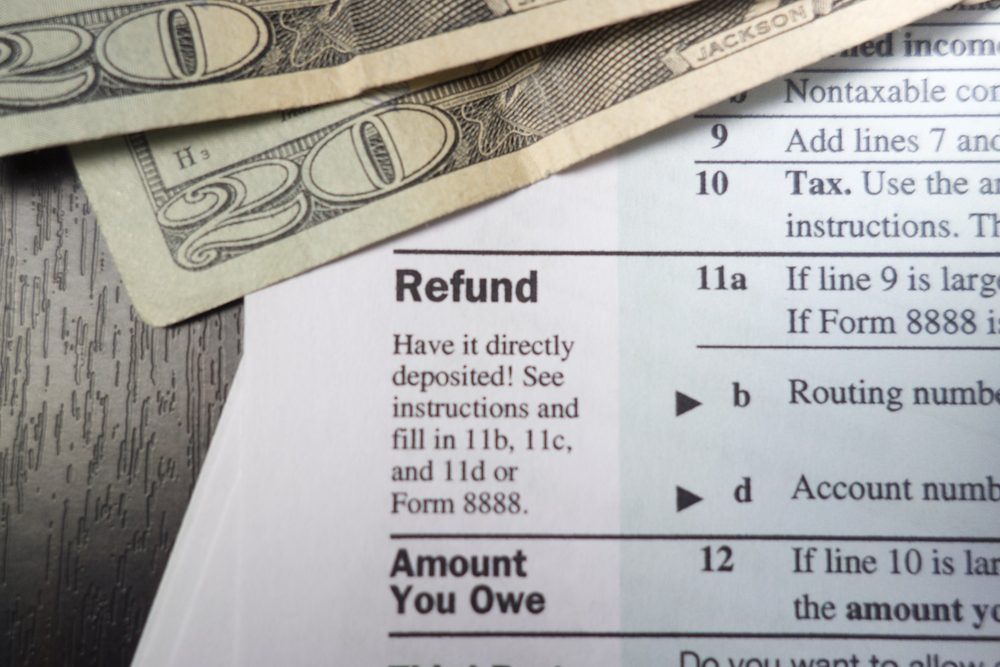
Reinvested dividends
While this isn’t exactly a tax deduction, it is still a subtraction that could save you a ton of money. Not to mention that it’s one of those things that so many taxpayers overlook. Like many other investors, you will have mutual fund and stock dividends that will be automatically reinvested in extra shares.
That’s why you have to remember that every investment grows your “tax basis” in the stock or the mutual fund. And do you know what happens with that tax basis? It reduces the amount of taxable capital gain when you decide to sell your shares.










Thank you for sharing this informative information !!!
Can you really deduct reinvested dividends from your income tax?
Not this pertains to this article, but when is a dog considered a domestic animal and a cat isn’t in Ohio and require a license.